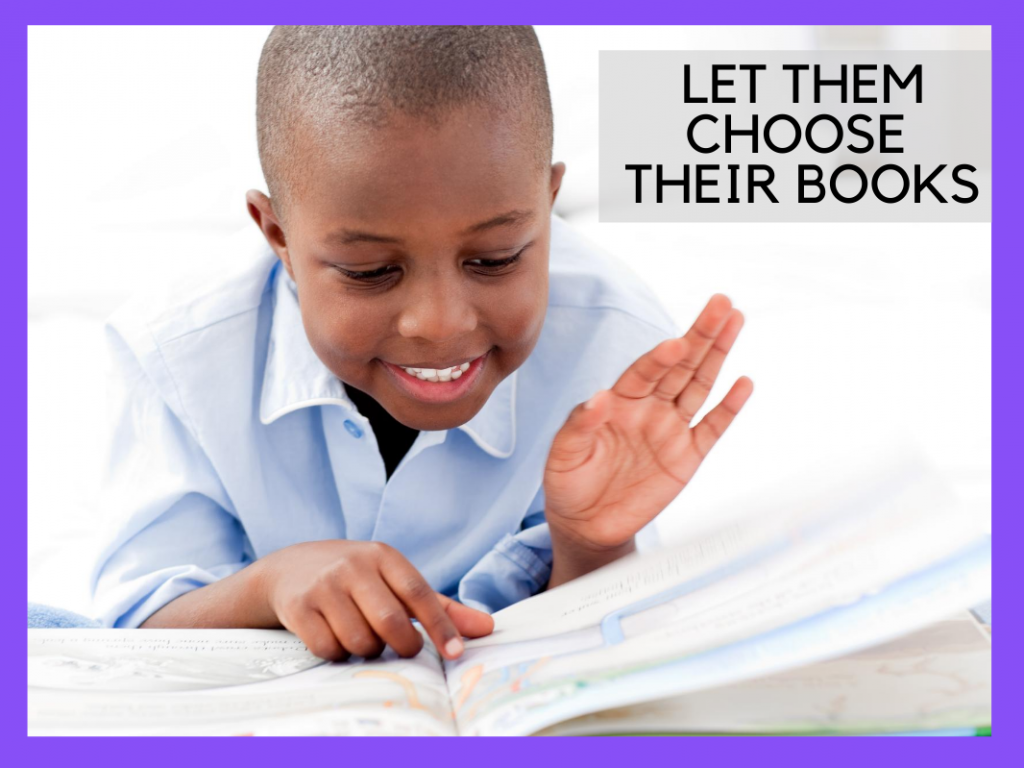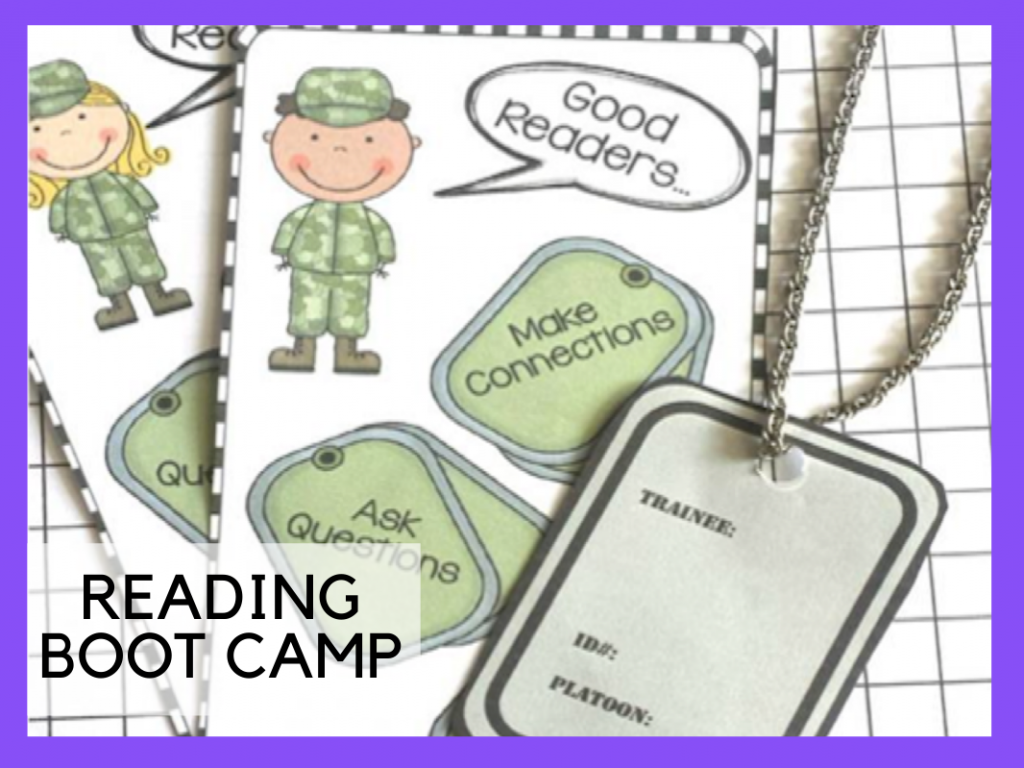You’re teaching a small reading group. The other kids are doing independent reading activities.
Hands start going up around the room because the other kids need help. But you can’t help them and teach the small group that’s sitting right in front of you.
Wouldn’t you love for students to just be able to read while you instruct in small groups? And that they would read the WHOLE time?
That’s what my students do during my small group time! It’s so magical when you look up and see the rest of the kids just reading.
It is possible and here are my top 5 strategies for helping kids read independently.

Independent Reading Books
One of the most important strategies for helping kids read independently is to let your students choose what they want to read.
Even if they’ve read Dogman more times than you can count on your fingers. Even if you think the book they are reading is too easy.
One of my students loves the Dogman series and has read every book multiple times. Is it challenging for him? Definitely not. But guess what he also does? He gets so excited about reading the next book that he spends his own money on the book when it comes out. Because he just can’t wait until it’s his turn to read our classroom copy. He gets to choose what he reads so he reads during IDR time. The whole time!
It seems so simple but when kids are able to choose their own reading material, they read.

Reading Conferences
You’re probably saying “Yeah well what about my struggling readers that can’t read text that is too difficult?” That’s usually why I need independent reading activities.
I get it. I really do. Instead of calling them struggling readers, I like to call them striving readers because after all, they are striving to become better readers.
This is where tip two comes into play. I meet regularly with my students to check up on what they are reading. I try to meet with each student individually at least once a week. It only takes 2-5 minutes and you could even do this in small groups to maximize your time.
Have a conversation with your readers. If their book is too difficult, help guide them to books that they will be successful at. Know your readers so you can recommend books that they will like to read and will understand at the same time.

Reading Stamina Boot Camp
To help your students reach a good amount of independent reading time, you can hold a boot camp. I talk a little about my reading boot camp in this post. I hold them at the very beginning of the year and after winter and spring break.
It’s hard to get back into academics let alone reading for 30 minutes on the first day back from a long break. I know it’s hard for me as an adult.
Slowly practicing every day will help students reach the desired amount of time you’d like them to read. You can even hold a big celebration after they’ve reached the goal!
Independent Reading Tools
Another one of my strategies for getting rid of independent reading activities and getting kids to read, is helping my students be successful on their own.
While I’m working with groups I need my students to be able to read the text they are reading without guidance from me. My students are third graders so I teach them the Spot and Dot strategy to help with multisyllabic words. At the end of this post, you can sign up for a free guide to help kids master multisyllabic words.
If they are still unable to figure out a word, I have them ask me for help once groups are finished. They can jot down a difficult word down on a sticky note during IDR. Then they ask me for help right after groups are done.
This really cuts down on interruptions during small groups or independent reading time.
Observe Reading Behaviors
Every once in a while I like to sit during independent reading time and just observe. I sit with a checklist and mark down negative reading behaviors I notice. A negative behavior I might observe is a child that switches a book often during independent reading. (This may not apply for younger students that read shorter texts.)
You’d be surprised at what you observe during these sessions. I notice things I don’t usually notice if I’m busy working with a group. I use this checklist to help me meet individually with readers and help them. The book switcher might just need help finding a good fit book.
Here’s that guide I was talking about earlier. Using this strategy will transform your students’ ability to read big words! Just click on the picture to sign up and I’ll send it to you!






Pingback: Multisyllabic Words: Help Kids Decode with Spot and Dot